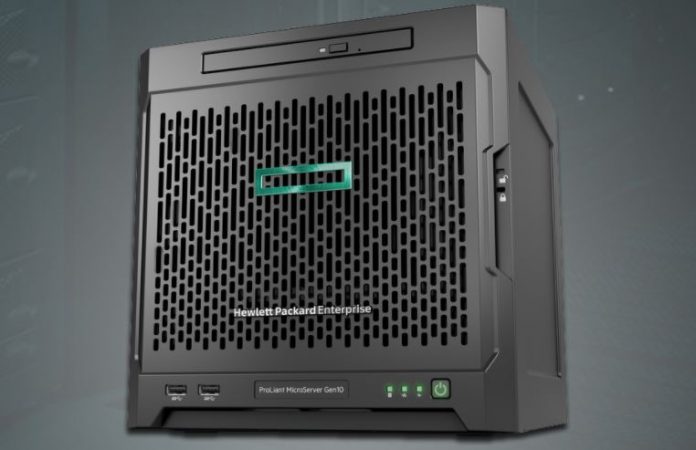
HPE has revealed what it is calling the most secure industry standard servers at its Discover event in Las Vegas.
The reinvented company’s next ProLiant portfolio includes the introduction of silicon-based security into its servers, with the purpose of addressing firmware attacks.
HPE cites the growing sophistication of hackers and the increasing number of security breaches and vulnerabilities that have been attributed to firmware attacks. Information Systems Audit and Control Association research shows that more than 50% of cyber security professionals reported at least one incident of malware-infected firmware in 2016.
So, to combat this HPE’s “silicon root of trust”, which is a link between the custom HPE silicon and the HPE Integrated Lights Out firmware, makes sure that the servers do not execute compromised firmware code.
Read more: HPE sales, revenues, profits decline – but it’s all part of the plan, says CEO Meg Whitman
Patrick Moorhead, president and principal analyst of Moor Insights & Strategy, said: “A security breach in firmware is one of the most difficult to detect but can be one of the most damaging. Unfortunately, firmware is often overlooked in c-suite conversations about data center security, and cyber criminals are targeting this as a new attack surface.
“While many servers have some level of hardware security already built-in, HPE is creating firmware security inextricably tied with its custom made silicon, to help customers protect against these malicious attacks.”
In addition to the increased security of its servers, HPE has also made enhancements to its software-defined infrastructure and flexible payment models.
“Customers shouldn’t have to compromise when it comes to security, the agility of software-defined infrastructure and the flexibility of cloud economics,” said Alain Andreoli, SVP and GM, Data Center Infrastructure Group, HPE. “With our ProLiant Gen10 portfolio, HPE is offering customers the best compute experience in the industry with unmatched security, new ways to accelerate insights and payment models that allow customers to choose options that work best for them”.
Updates to the SDI portfolio include HPE OneView 3.1 which supports the end-to-end Gen10 server platform and the company says it will transform compute, storage and network into SDI.
Read more: The Monster Machine: HPE debuts world’s biggest single-memory computer
The SDI portfolio also offers HPE Intelligent System Tuning, which is in partnership with Intel on the Intel Xeon Processor Scalable family. It includes jitter smoothing, core boosting, and tuning of the server to match workload profiles.
HPE Synergy for Gen10 includes HPE Synergy 480 and HPE Synergy 660, and the company has also introduced HPE Scalable Persistent Memory, an integrated storage solution that is said to run at memory speeds with terabyte-scale capacity.
The new generation of HPE ProLiant Servers, HPE Synergy Compute Modules and HPE Converged System will be available in the summer of this year.





